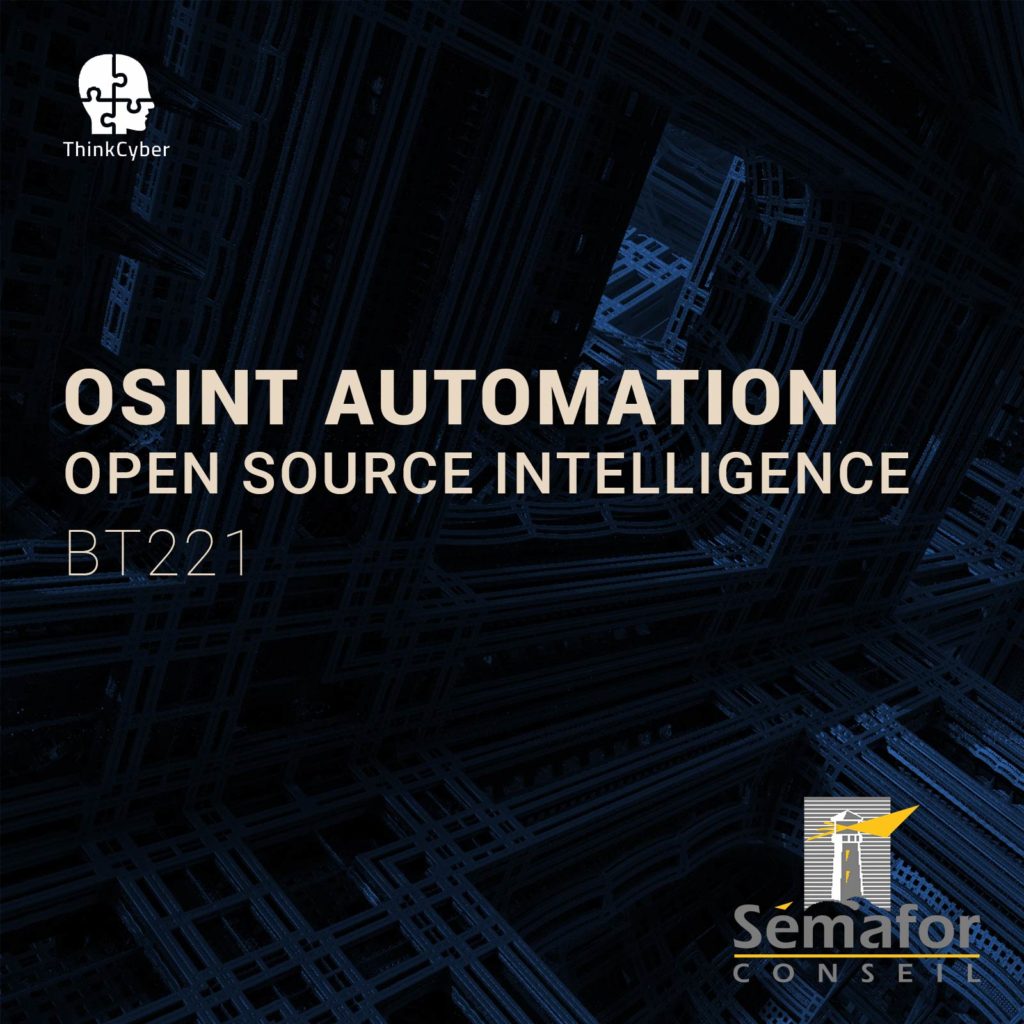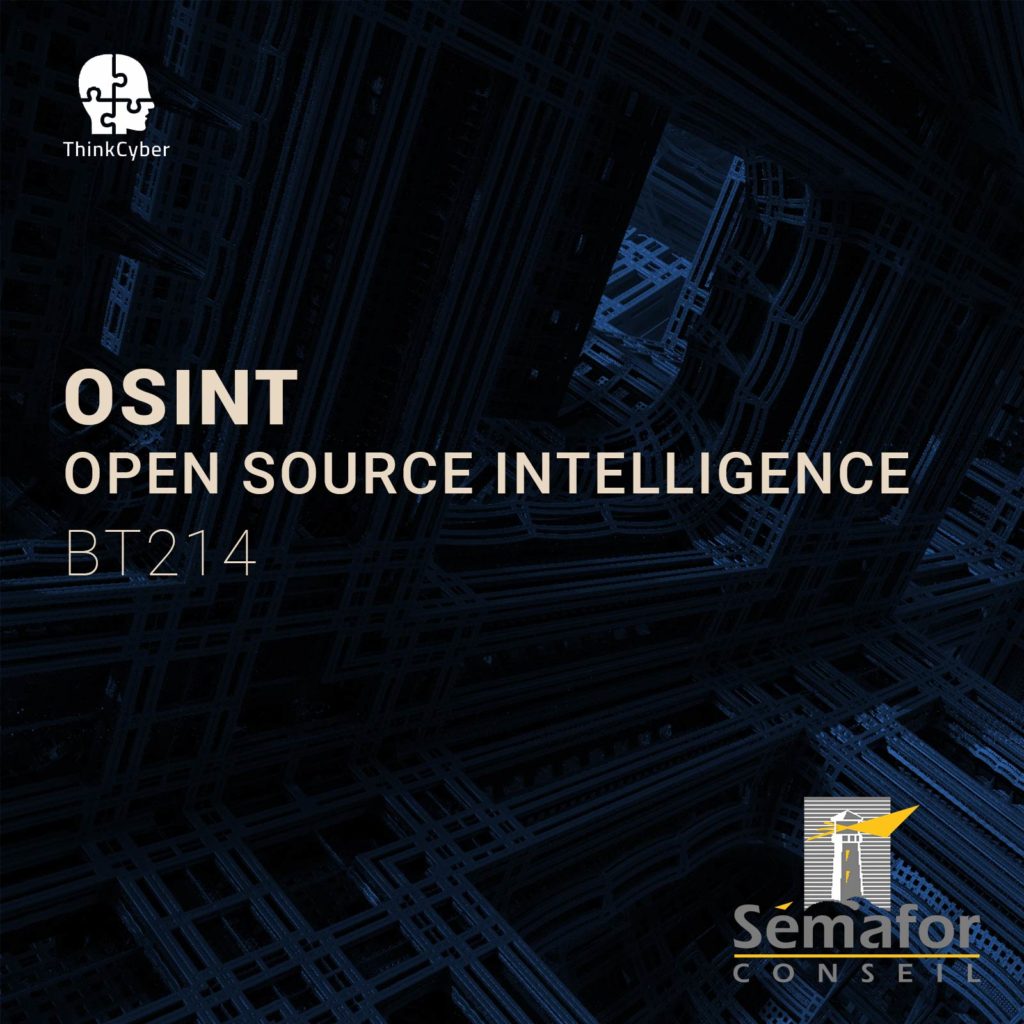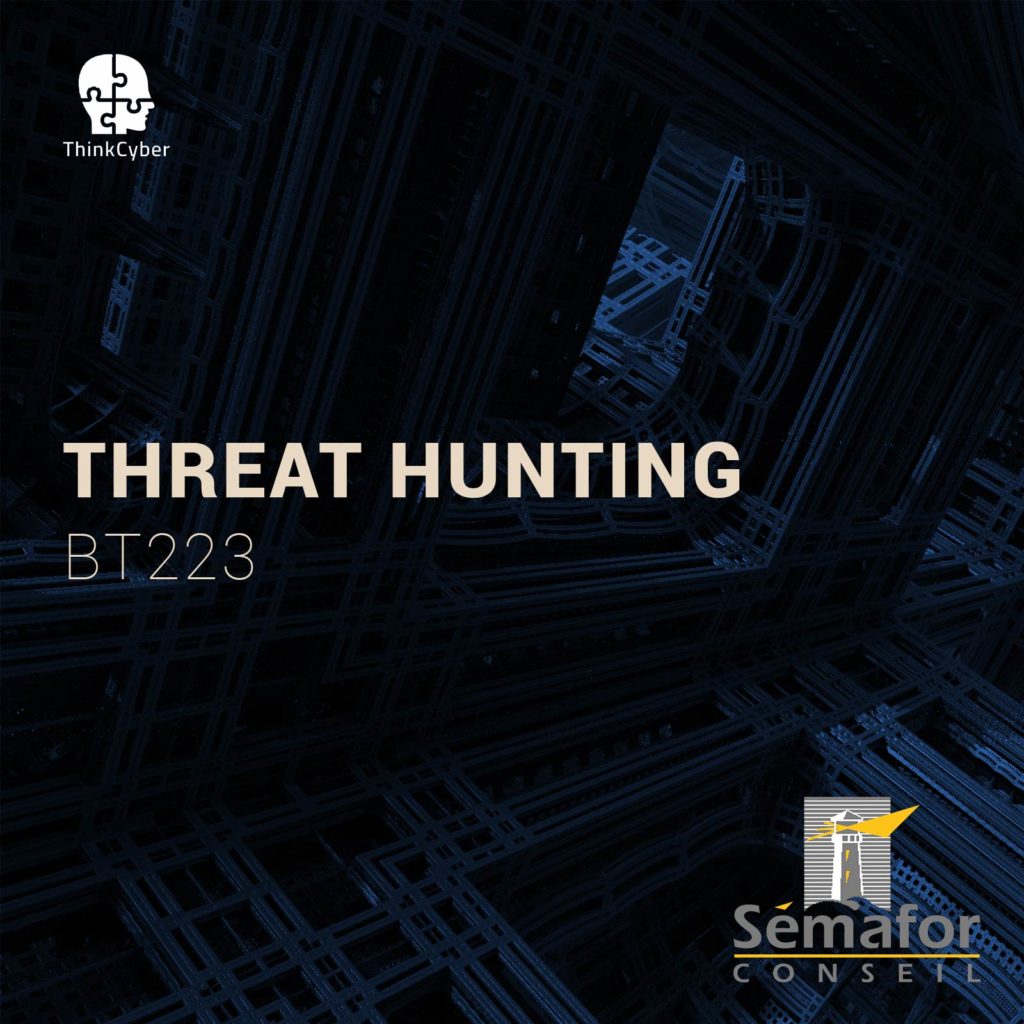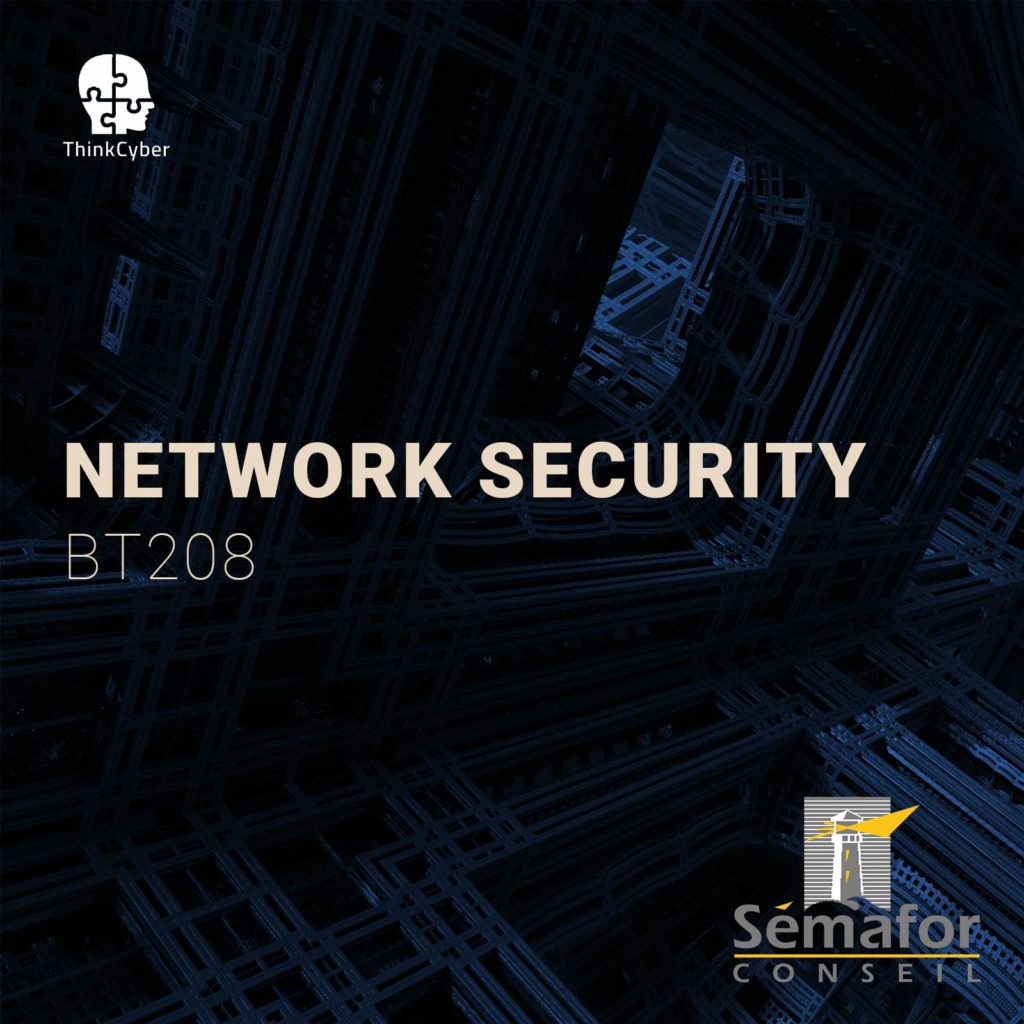Cryptography
BT216
Table of Contents
Description
Cryptography is an indispensable tool for protecting information in computer systems. In this course, you will learn the inner workings of cryptographic systems and how to use them in real-world applications correctly.
From ancient examples of secret messages and the spies that cracked them to modern cryptographic applications, you will have the opportunity to explore the foundations of data security.
How to make the most of this course?
In order to succeed in the course, the following requirements must be met:
- Participation in all practical laboratories
- Self-work at home between lessons
- Repetition of materials, self-learning, performing tasks, etc…
In addition to regular classroom studies, the participant is required to practice at least 10 hours a week in order to gain practical experience in the field.
A personal computer suitable for running virtual machines, with an Internet connection
Transition of the scenarios in the Cyberium Arena.
Target audience
- Security Analysts
- IT Personal
- Law Enforcement
Objectives
- Understand the basics of Cryptography
- Being able to identify different kinds of Cryptography
- Creating tools to crack different kinds of Cryptography
Pre-requisites
Syllabus
Description
In this module, we will discuss Cryptography in theory, understand different types of algorithms, and also get an opportunity to try encrypting data by completing cryptography challenges. At the end of the module, you will understand the difference between hashes and ciphers and create your own.
Technical content
- Introduction to Cryptography
o Ciphertext and Plaintext
o Ciphers in General
o Understanding Hashes and Their Usage
▪ Generating Hash Using Powershell and CMD
▪ Comparing File Content using Hashing
▪ Hashes as Digital Signatures
o Encodings
▪ Hashes vs. Encodings
▪ Understanding Base’s
▪ Manually Generating Base32 Encodings - Usage of Cryptography in the Cyber World
o The Theory of Cryptography in Cyber-Security
▪ Hash-Based Password Verification
▪ VPNs and SSL Based VPNs
▪ IPsec and Tunnelling
o Poor Cryptography Threats
▪ ECB Mode
▪ Algorithm Problems
▪ Collision Attacks
▪ Random Number Generation
▪ Key Management Problems
Description
In this module, we are going to do a lot of hands-on work to learn how to implement all the famous techniques and methodologies of Cryptography practically. We will cover most of the private key cryptosystems such as Caesar cipher, Vigenère cipher, Data Encryption Standard (DES) and Advanced Encryption Standard (AES). At the end of the module, the participant will be able to understand cryptography more widely.
Technical content
- Key Based Encryptions
o Ciphers in General
o Symmetric-KeyDefining Secure Encryption
CBC vs. CTR
Understanding CPA-Secure Encryption
CCA Attacks
o Asymmetric-KeyPublic-Key and Private-Key Concepts
Diffie-Hellman Key-Exchange
El-Gamal
Hybrid Encryption in General
RSA and RSA-KEM
o Block Ciphers
o Attacks on Block Ciphers - Practical Ciphering
o Classical Encryption TypesAES – Advanced Encryption Standard
Blowfish
DES
RC2 and RC4
ROT13 and ROT47 – Caesar Ciphers
XOR
The Vigenère Cipher
o Mechanical – Enigma and Lorenz
o Encryption in ApplicationConcept of Encryption in Whatsapp
SSH – Symmetric Encryption
Diving into SSL\TLS Structure
Labs
- Lab 1 Hashing and Encoding
- Lab 2 Cryptography Methods
- Lab 3 Key-Based Encryptions
- Lab 4 Decrypting Techniques
Real cases studies
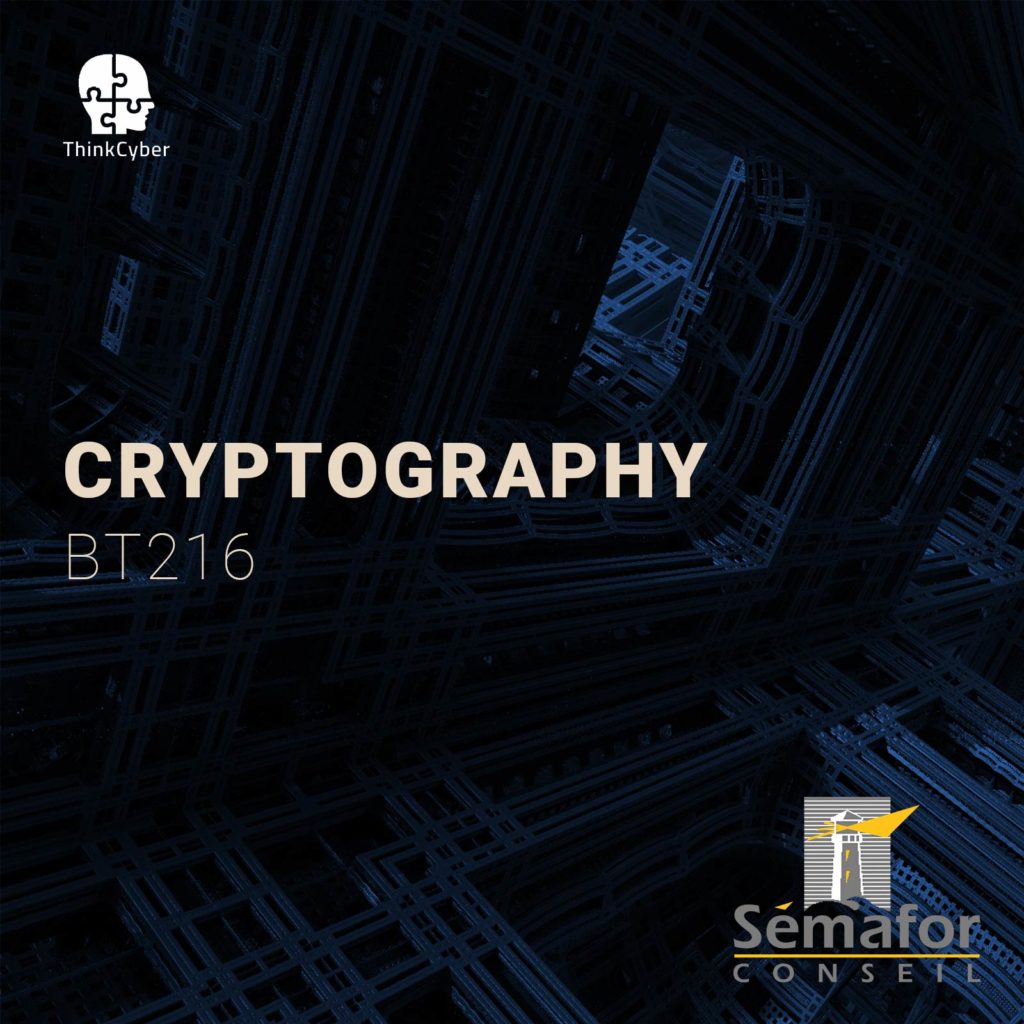
Course type
This course is delivered in the following ways:
- Virtual classroom with proctored labs and scenarios executed in our Cyberium Arena
- In situe classroom with proctored labs and scenarios executed in our Cyberium Arena
All sessions are recorded and attendees can replay them during 30 days. All course material is electronically made available to the participant.
Course Group:
Defense
Hands-on / Theory MiX
The following course incorporates a high level of hands-on labs exercises, as well as real life case studies.
Required EqUIPMENT
Network connection
As this course extensively uses a cloud based Learning Management System, including a lab arena, the attendees need a stable broadband connection to the Internet.
BYOD – Bring Your Own Device
As it is a very practical course, and in order for the participants to make the most of the course, they need a laptop with the following capabilities:
- Audio and Video
- 8 GB RAM
- 200 GB Disk Space
- Virtualization capabilities (supporting latest version of Virtualbox or similar virtual machine application)
And also a Good Headset with Mic

